The AIBO (1999) Robotic Dog, created by Sony Corporation, was one of the first consumer robots to combine artificial intelligence (AI), robotics, and emotional interaction into a personal, interactive device. Launched in 1999, AIBO represented a major milestone in the evolution of robots from mere machines to companions that could engage in dynamic, lifelike behaviors. Designed to mimic a real dog’s movements and actions, AIBO responded to voice commands, recognized faces, and could even develop its own “personality” based on interactions, making it a beloved innovation in the consumer electronics market.
Developer and Brand
- Developer: Sony Corporation
- Brand: AIBO
- First Release Year: 1999
- Industry: Consumer Robotics, AI, Entertainment Technology
Specifications (AIBO ERS-110 Model)
- Physical Attributes:
- Dimensions: 28 x 18 x 18 cm (11 x 7 x 7 inches)
- Weight: 1.2 kg (2.65 lbs)
- Material: High-quality plastic, durable for everyday use
- Design: Dog-like appearance with flexible limbs, a movable head, and expressive eyes
- Hardware:
- Actuators: 20 degrees of freedom (DOF), allowing movement such as walking, sitting, and tail wagging
- Motors: 12 motors for dynamic movement and balance
- Sensors:
- 2 CCD cameras for visual recognition and interaction
- 8 microphones for sound localization and voice command recognition
- Infrared sensors for obstacle detection and basic navigation
- Speakers: 2 speakers for sound output and communication with users
- Battery: Rechargeable lithium-ion battery with 1.5–2 hours of playtime
- Charging: Self-docking feature with automatic charging station
- Connectivity and Software:
- Wireless Communication: Infrared for interaction with other devices and base station
- Software: Custom AI software that allows AIBO to learn from interactions and adjust behavior
- Control Interface: Smartphone and PC integration for remote control and programming (early models)
Key Features
- Lifelike Behavior:
- Movement: AIBO can walk, sit, stand, wag its tail, and perform other dog-like behaviors. Its movements are natural and fluid, created to replicate the motions of a real pet.
- Emotional Interactions: AIBO reacts to touch, voice commands, and environmental stimuli, expressing emotions like happiness or curiosity through its body language.
- AI-Powered Learning:
- Personality Development: AIBO’s AI allows it to “learn” from interactions, evolving its behavior and developing a unique “personality” over time based on how it is treated and engaged with.
- Voice Recognition: Responds to specific voice commands such as “sit,” “stay,” and “come,” and can recognize and follow a limited set of commands from its owner.
- Interactive Play and Communication:
- Behavioral Reactions: AIBO can respond to petting, commands, and sounds with various behaviors, creating a bond-like connection with its owner.
- Sound and Motion Interaction: AIBO reacts to human voice and other sounds, making it more interactive in various environments.
- Autonomous Charging and Maintenance:
- Self-Docking: AIBO has the ability to automatically return to its charging station when the battery is low, ensuring it is always ready for use.
- Connectivity with Accessories:
- Integration with early PC software and wireless accessories for expanded functionality, including new commands and behaviors.
Why AIBO (1999) Stands Out
- First Robotic Pet: AIBO was one of the first robots to offer a pet-like experience, allowing owners to form emotional connections with the device.
- AI and Learning Capabilities: The ability for AIBO to learn and adapt to its environment set it apart from other robotic devices at the time.
- Innovation in Robotics: AIBO broke barriers in the robotics industry by combining consumer entertainment with advanced AI, paving the way for future robotic companions and assistants.
- Iconic Design: AIBO’s cute and approachable design made it instantly recognizable and beloved by tech enthusiasts and families alike.
Recent Updates (2023):
While the original AIBO was discontinued in 2006, Sony has since revived the AIBO brand with modern iterations, introducing the AIBO ERS-1000 in 2018. The updated version features improved AI, advanced movement capabilities, and enhanced emotional interactions. The 1999 AIBO remains a hallmark in the evolution of robotics and AI, showcasing Sony’s legacy in innovation.
The AIBO (1999) robotic dog not only captivated the world with its lifelike behavior but also marked the beginning of consumer robotics with emotional intelligence. It remains a symbol of the potential for robots to become part of human lives in meaningful and interactive ways.


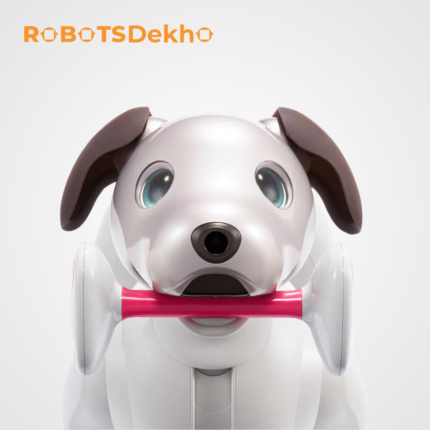
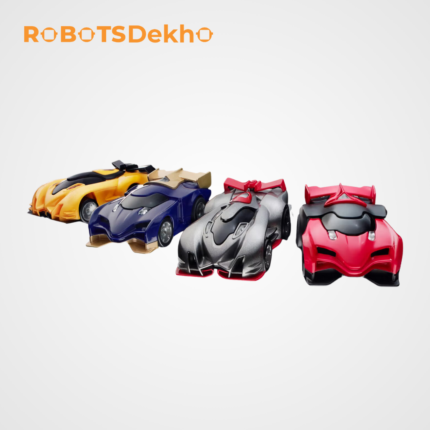
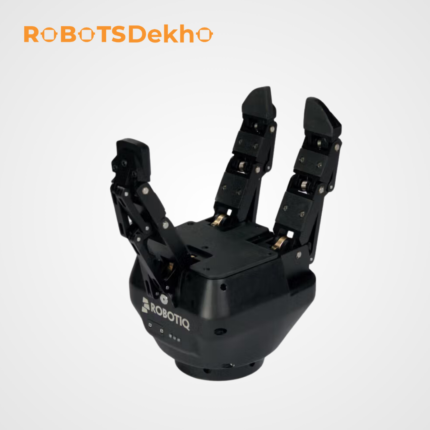
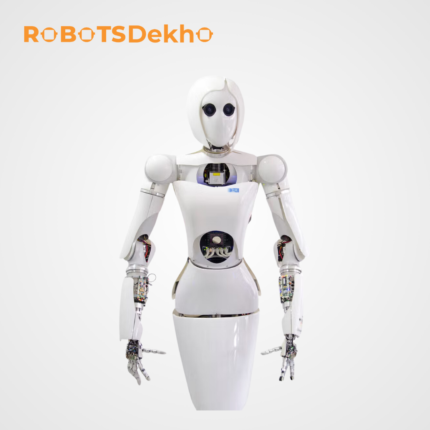
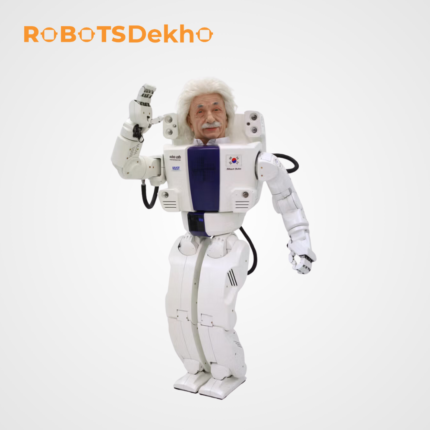
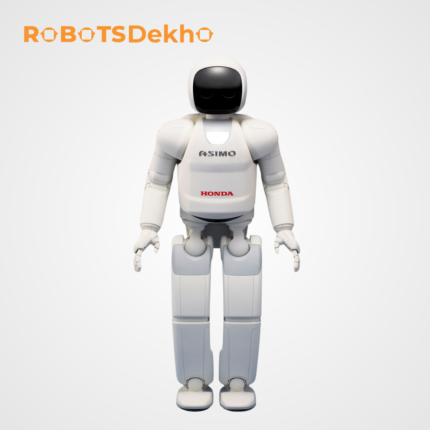
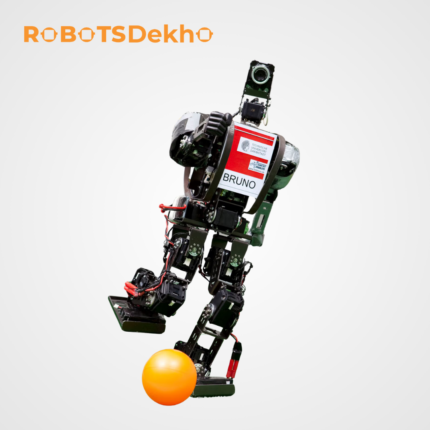
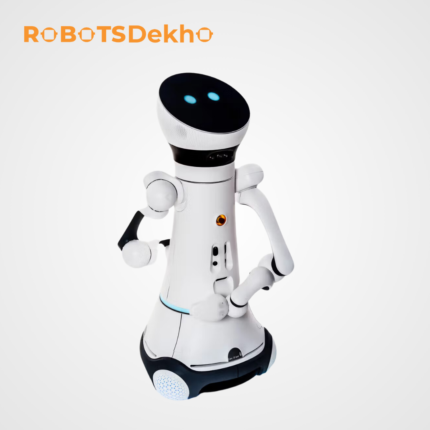
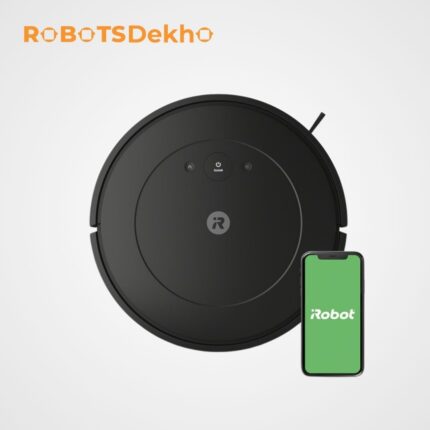
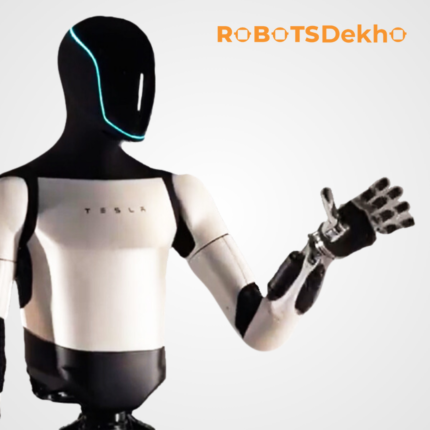
Reviews
There are no reviews yet.